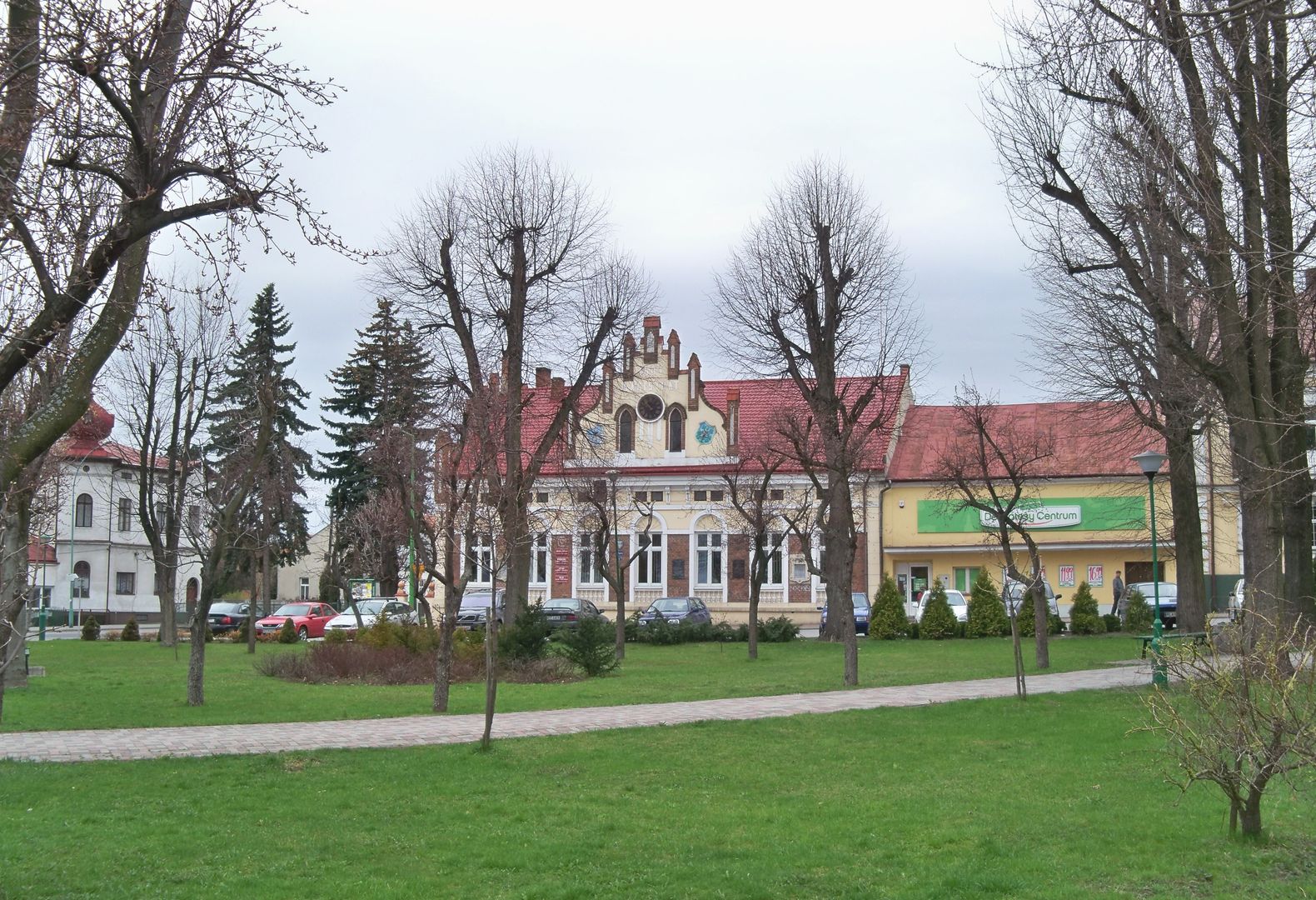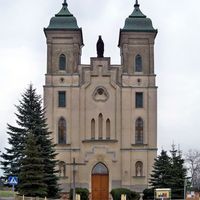Sokołów Małopolski
6.12

Overview
Sokołów Małopolski is an urban-rural municipality in the Podkarpackie Voivodeship, situated on the Kolbuszowa Plateau, at the confluence of the Vistula and San rivers, within the area of the former Sandomierz Forest. Re-established on January 1, 1973, the municipality covers an area of 134.04 km², of which 71% is agricultural land and 23% is forest. The municipal authorities are based in Sokołów Małopolski. According to data from the end of 2011, the municipality had 16,951 inhabitants. The region is characterized by a mild climate and diverse terrain, including sandy soils in the north and clay soils in the south, which support a rich variety of flora and fauna. The area is rich in forests, covering about 23% of its surface, which are remnants of the Sandomierz Forest. Architecturally, Sokołów Małopolski boasts 18th-century chapels, historic wooden and brick buildings, and historical churches, including a wooden church from 1607 in Wólka Niedźwiedzia and 19th-century structures in Trzebosia and Nienadówka. In 1938, Prime Minister Felicjan Sławoj Składkowski was granted honorary citizenship of the municipality. The economy of Sokołów Małopolski is primarily based on small manufacturing plants, construction, and transport companies, with over 1,200 registered businesses. Despite the lack of large industrial plants, the municipality thrives thanks to local entrepreneurs. The region also includes the Sokołowsko-Wilczowolski Protected Landscape Area, which preserves valuable parts of the forest complex. The municipality has a well-developed network of bus connections, both domestic and international, which supports tourism. A notable feature is the numerous roadside crosses and figures, many of which date back to the 18th century. Sokołów Małopolski is a place where history meets nature, and culture and local traditions remain vibrant.
Location
You can also find here:
2025 Wizytor | All Rights Reserved

